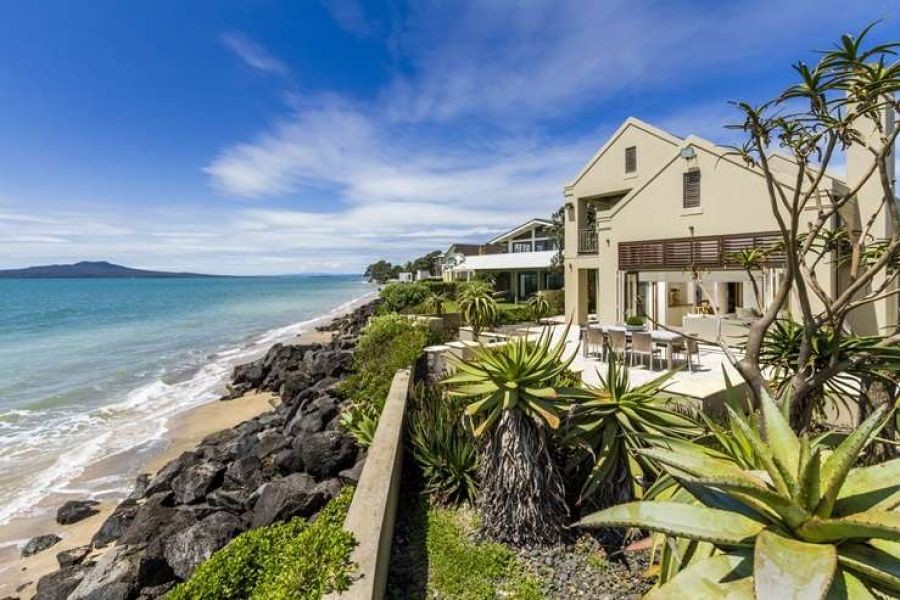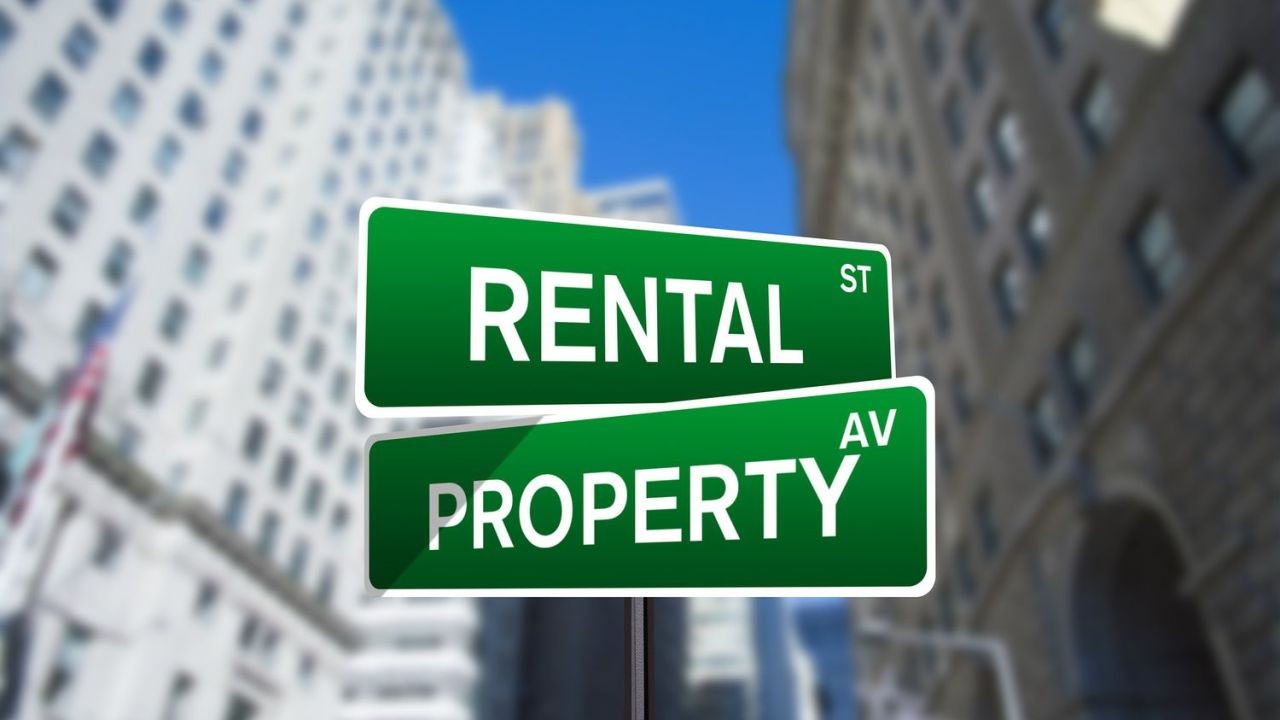From the sun-drenched shores of Bondi Beach to the rugged beauty of the Great Ocean Road, Australia’s coastal allure is undeniable. However, for potential investors, purchasing a beachfront property in Australia is not just about securing a slice of paradise; it's fraught with hidden dangers that can significantly impact financial returns. As an angel investor, understanding these risks is paramount to making informed decisions in the real estate market.
Rising Sea Levels and Climate Change: A Growing Concern
According to the Australian Bureau of Statistics, the nation's coastline is one of the most vulnerable to rising sea levels, with projections indicating a potential rise of up to 0.82 meters by 2100. This poses a significant threat to beachfront properties, where the value of your investment could erode quite literally. Coastal erosion and increased frequency of severe weather events are becoming more common, leading to higher insurance premiums and potentially costly repairs.
Case Study: Byron Bay's Coastal Challenges
Byron Bay, known for its picturesque beaches and vibrant community, has become a case study in the challenges of coastal investment. In recent years, severe erosion has threatened several properties, leading to a decline in property values. The local council has invested heavily in coastal protection measures, but the risk remains. For investors, this serves as a cautionary tale of the potential pitfalls of beachfront investments in areas prone to environmental degradation.
Regulatory and Policy Implications
The Australian Competition & Consumer Commission (ACCC) has highlighted the need for transparency in real estate transactions, particularly concerning climate risks. Investors must be aware of zoning laws and environmental regulations that can restrict development or lead to additional compliance costs. The Australian Taxation Office (ATO) also plays a role, as tax implications can vary significantly based on property location and usage.
Financial Impact: Understanding the Numbers
Investing in beachfront property is not just about the purchase price; maintenance costs can be substantial. A report by CoreLogic indicates that coastal properties often have higher maintenance costs, up to 20% more than inland properties, due to exposure to harsher weather conditions. These costs, combined with potential regulatory compliance expenses, can impact your return on investment (ROI).
Pros and Cons of Beachfront Property Investment
Pros:
- High Demand: Beachfront properties are always in demand, offering potential for high rental yields.
- Scenic Value: Properties with ocean views typically command premium prices.
- Tourism Potential: Locations like the Gold Coast attract tourists, presenting lucrative short-term rental opportunities.
Cons:
- Environmental Risks: Rising sea levels and extreme weather events pose a threat to property integrity.
- High Maintenance Costs: Saltwater exposure can lead to structural damage, increasing upkeep expenses.
- Regulatory Challenges: Stringent zoning laws can restrict property use and development.
Common Myths and Mistakes
Myth: "Beachfront properties are always a safe investment."
Reality: While they offer high demand, environmental and regulatory risks can decrease their value.
Myth: "Beachfront homes don't need insurance."
Reality: Insurance is crucial, but expect higher premiums due to increased risk factors.
Future Trends: What to Expect?
Looking ahead, the Australian property market is likely to see increased scrutiny on climate risks. As the government focuses more on sustainability, investors should expect stricter regulations and possibly new taxes aimed at mitigating climate impact. By 2026, properties with robust environmental protections could see increased demand, making them a safer investment bet.
Final Takeaways
- Be Informed: Understand local environmental risks and regulations before investing.
- Consider Long-Term Costs: Factor in maintenance and insurance expenses in your ROI calculations.
- Stay Ahead: Monitor policy changes and adapt your investment strategy accordingly.
As an angel investor, your ability to navigate these hidden dangers can turn potential pitfalls into lucrative opportunities. Engage with local experts, stay informed about regulatory changes, and factor in environmental risks to make sound investment decisions. What strategies have you implemented in your beachfront property investments? Share your insights below!
People Also Ask
How does climate change impact beachfront property investments in Australia? Rising sea levels and extreme weather events increase risks, leading to higher insurance costs and potential property damage.
What are the biggest misconceptions about buying beachfront homes? A common myth is that they are always a safe investment, but environmental and regulatory risks can significantly affect their value.
What strategies should investors consider for beachfront properties? Investors should assess environmental risks, understand local regulations, and factor in long-term maintenance costs to ensure a viable ROI.
Related Search Queries
- Beachfront property investment risks in Australia
- Climate change impact on Australian real estate
- Best locations for beachfront homes in Australia
- Regulations for coastal properties in Australia
- Insurance costs for beachfront homes in Australia

































zvmnapoleon565
5 months ago